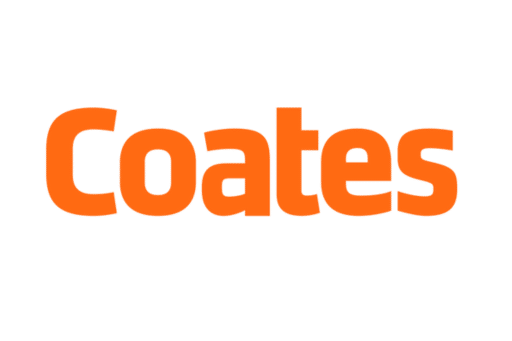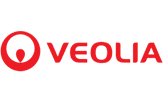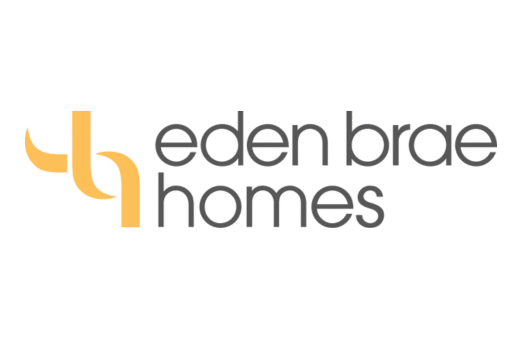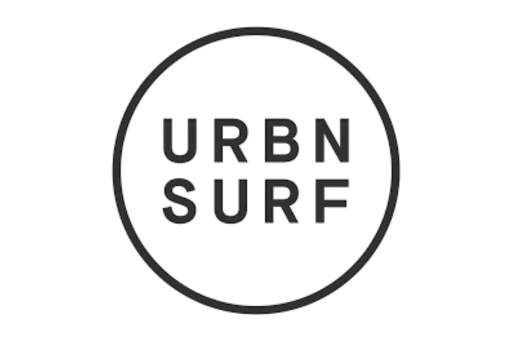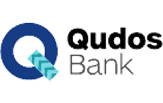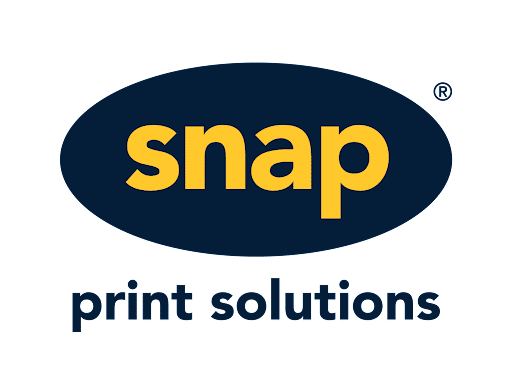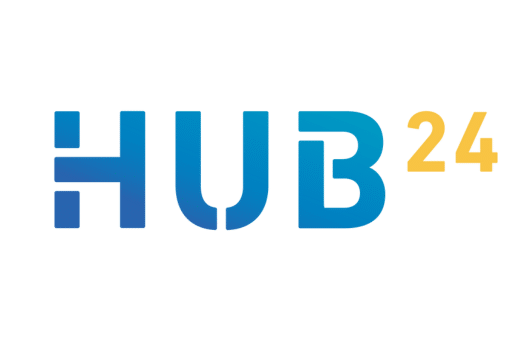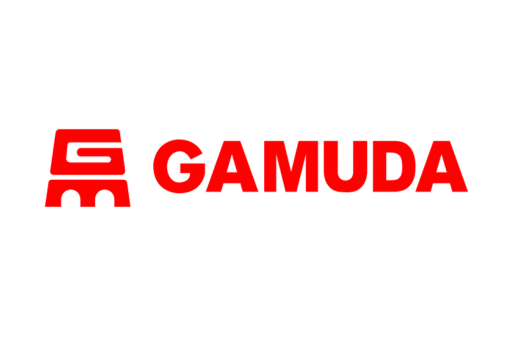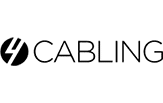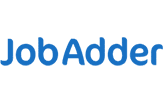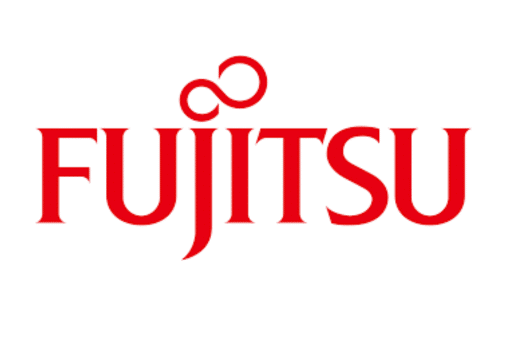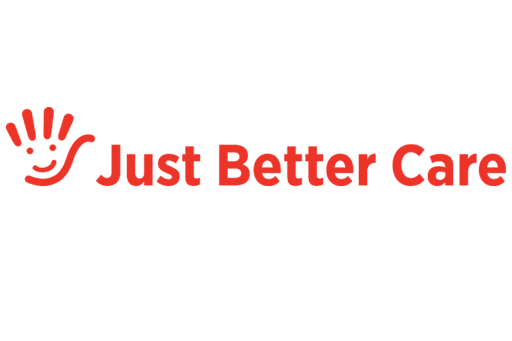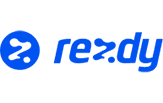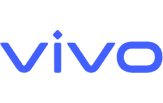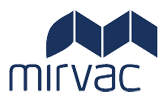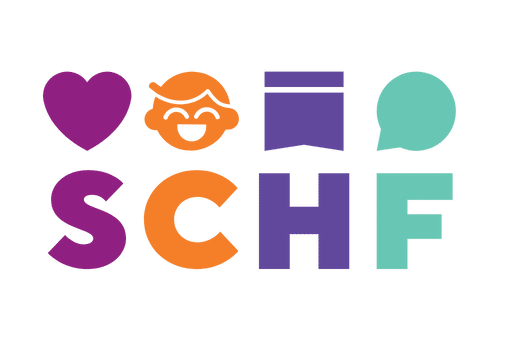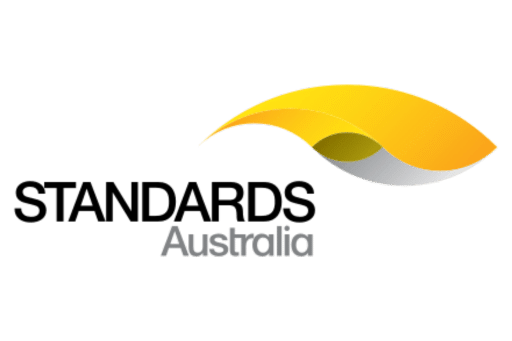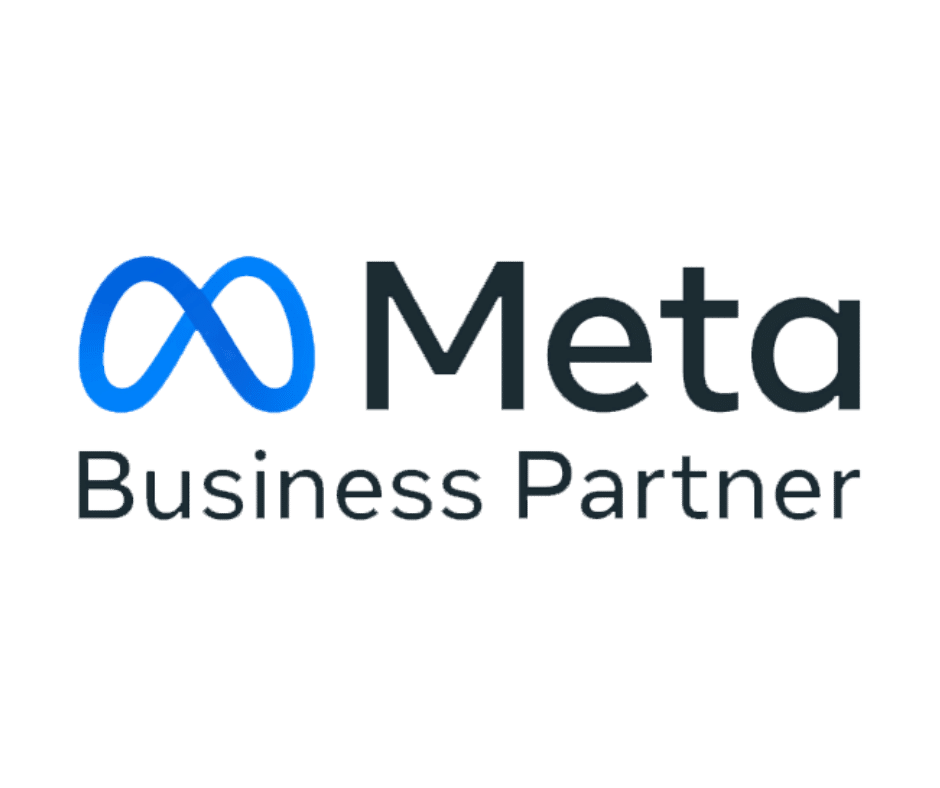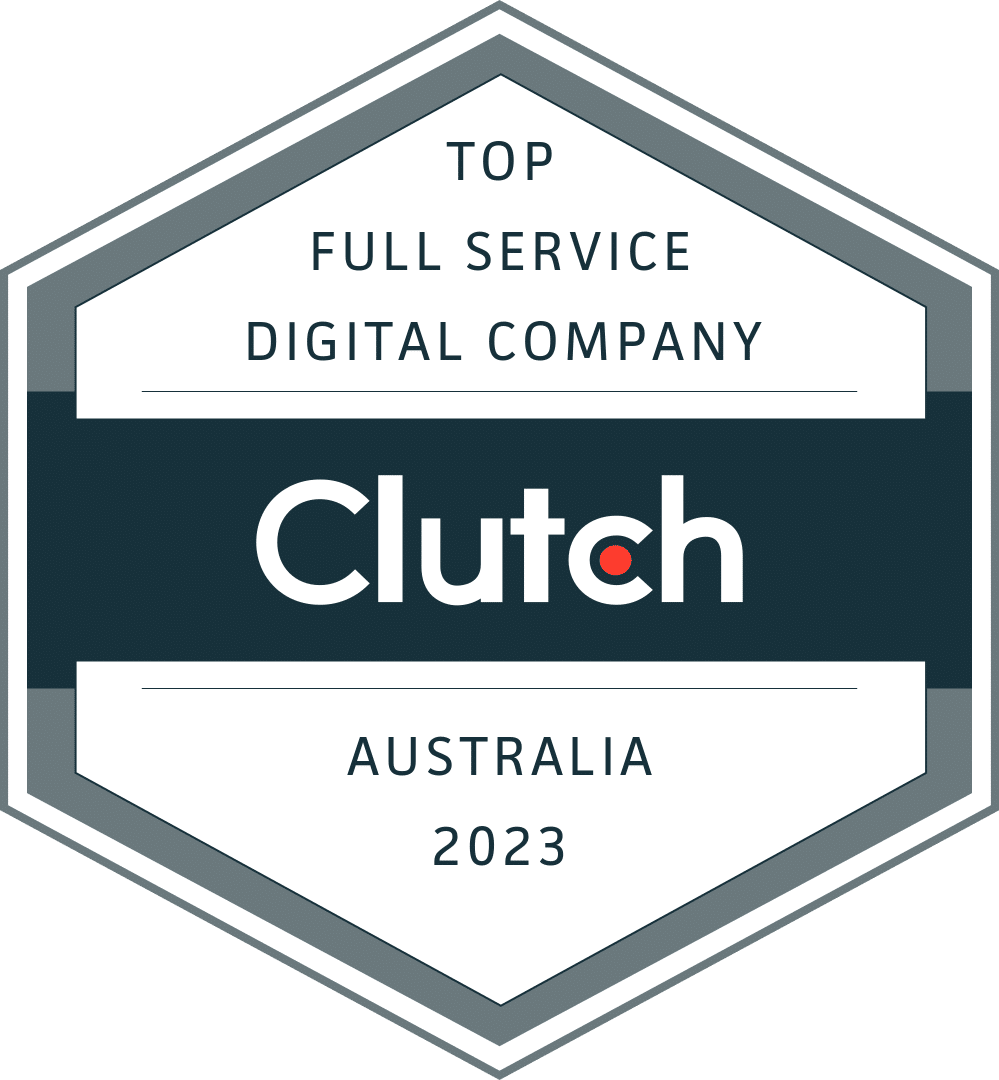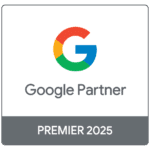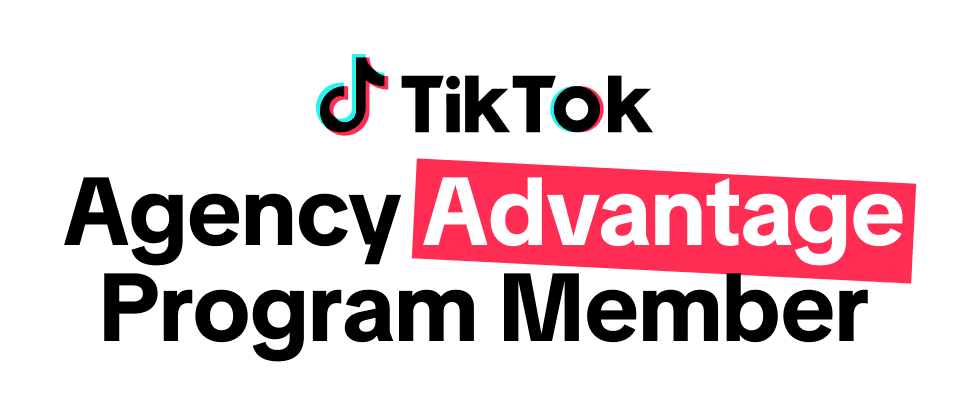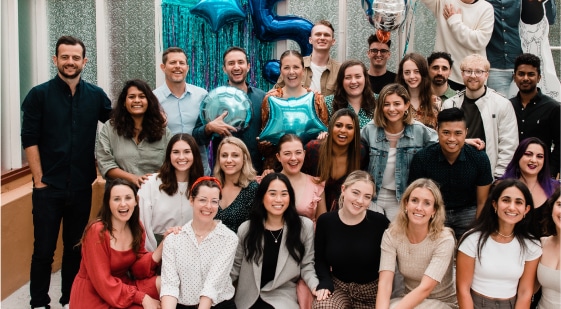9 Steps to Make Your Social Ads Perform with Effective Creative
Your ad creative has a bigger impact on the success of your campaign than any other factor.
This is true regardless of the choice of your channel, your targeting strategy, brand or something else (source).
The average Australian is bombarded with over 4,000 ads in a single day. Your target audience simply can’t process the volume of messages thrown their way, meaning most ads are ignored or instantly forgotten. The reality is that your ad campaign needs strong ad creative to get any kind of cut-through in such an environment.
While ‘creative’ is subjective, we’ve spotted some clear signs of success while running hundreds of successful ad campaigns at Rocket. This checklist is a fantastic way to test the effectiveness of your ads on social media before you potentially waste many thousands of dollars on your campaign.
Checklist - 9 Steps to Audit Your Paid Social Ad Creative
1. Is your creative attention-grabbing?
Your creative needs to use bold visuals, a relevant and compelling headline and, if possible, short and engaging animation to help capture and retain the attention of your target audience. Slapping a stock photo with a generic message is unlikely to get your brand any traction.

2. Does your creative solve a problem?
Ads that address specific problems get noticed. When you address the pain points of your audience, they feel heard and understood. For instance, a skincare brand might highlight how their product can solve acne issues, using before-and-after visuals to show their product’s impact.
Knowing your audience's pain points is the first step in creating relevant ad content. Research your target audience to identify common problems they face and how your product or service can help them.
Tip: A good place to start your research is by reviewing and analysing the kind of campaigns and creatives your competitors are running using the Meta ads library. This will give you a transparent view of the strategies and content of a client or competitor’s previous campaigns, enabling you to spot patterns in visuals, messaging, offers and more.
3. Is the message of your creative clear?
Avoid cluttered visuals and lengthy text that can confuse or overwhelm your audience. Short, simple and jargon-free messages are more likely to be understood and retained.
Ensure that the placement of the text on the ad creative is legible and appropriate for the ad format (story, reel, carousel, etc.). We also recommend maintaining a consistent brand voice across different ad formats and channels for a particular campaign.

4. Is your creative persona-driven?
Persona-driven creative typically uses people as a visual element, whether it’s live-action or animation. When your audience sees humans in an ad, they are more likely to relate to the problem and solution that your ad highlights. Through persona-driven ad creative, you humanise your offering and acknowledge the person seeing the ad.
5. Does your creative use high-resolution images?
Pixelated ads are an absolute waste of media budget. Your ad visuals are often the first interaction users have with your brand, your products and services. They reflect the reputation of your company’s professionalism and the quality of your product, service, and support.
Low-quality images will be ignored (at best) and harmful to your brand at worst. Invest in professional product photography, videos, and graphics. While this may seem expensive at first, these assets are well worth the investment in the long term. High-quality visuals typically have a long shelf life; they can be used for years across your website, email campaigns, paid ads and other content.
6. Is your creative optimised across placements?
Different social media platforms have unique specifications for ad creative formats. For instance, on Instagram you can create a static visual ad, a video ad in the feed, a carousel ad and short-form video ads to show up in Reels. On LinkedIn you have the option to choose single images, carousels, videos, events and documents as sponsored content.
These formats are placed uniquely at different points of interaction on a platform such as a story on Instagram, your LinkedIn feed, or in-stream videos on YouTube. It's important to optimise your ads for each platform so that they perform well regardless of where they are placed. Customise your creatives to fit the dimensions and requirements of each platform. Skewed formats or creatives can take away from the integrity of your brand or ad.
Never run a campaign without running the preview past a couple of people in your team.
7. Is your creative animated or does it have a video?
Animations and videos are better storytelling formats that can boost ad engagement. Ads with motion are more dynamic and can convey more information in a shorter time than static images.
While ad platforms have not outwardly stated that videos will lead to better ad performance, our own experience running paid social ad campaigns and many other expert sources suggest video is the superior ad format.
8. Is your creative appropriate for each stage of the funnel?
A common mistake is assuming that a single creative can address the needs of people at different stages of the buyer journey. A one-size-fits-all approach does not work in paid social advertising. Whether it's awareness, consideration, or conversion, your ad message and creative should be tailored to meet the needs and expectations of your audience at each stage - top of the funnel (TOFU), middle of the funnel (MOFU) and bottom of the funnel (BOFU).
- For awareness, focus on broad, attention-grabbing content that introduces your brand, product or service. You can skip specifics in these ads.

- At the consideration stage, provide more detailed information and highlight benefits. Share comparison information and address specific pain-points of your audience helping your audience solidify their decision.
- For conversion, use clear call-to-actions (CTAs) and drive the point home with offers, customer testimonials and other promotions. Create urgency around the value you offer.
9. Does your creative have a clear CTA?
A clear CTA directs your audience to the next steps, whether visiting your website, signing up for a demo or making a purchase.
Use action-oriented language and make your CTA stand out. Position your CTA prominently in your ad, making sure it aligns with the overall goal of your campaign. Examples of effective CTAs include "Shop Now," "Learn More," or "Get Started." Each social media platform offers specific options as CTAs suited for different placements. For example, you have a swipe-able ‘Learn More’ CTA in story ads on Instagram and a ‘Download’ CTA for ads of research or other documents on LinkedIn. Make sure the CTA in your ad creative, headline and button are aligned.
Examples of Effective Paid Social Ad Creative
Not every creative will have all the nine elements to be effective. Instead, it’s more important for your creative to be best suited for your ad objective. This will vary based on your product, industry, campaign goal, and budget.
Here are some examples of ads that show how the different creative elements work together.
Eden Brae Homes
Channel: Instagram
Ad Format: Profile feed
Managed by Rocket Agency

What works for this ad:
- Problem-solving: The ad highlights exactly which property at which location is available and mentions that it's ready to move in. No moving wait time.
- Attention-grabbing: The interior floor plan makes for interesting creative - valuable for the right audience.
- Clear message: No visual clutter and a message that’s easy to understand.
- Funnel-specific: This middle-of-the-funnel ad helps the audience consider this specific property and find out more.
- High-quality image: Clearly visible details in the layout.
- Optimised for the channel: The elements align perfectly with the portrait format Instagram’s profile feed ads, with no overlaps or skewed bits.
- Clear CTA: The exact next step is highlighted on a noticeable orange button.
Clifton Lifestyle
Channel: Facebook
Ad Format: Newsfeed
Managed by Rocket Agency

What works for this ad:
- Attention-grabbing: The image of a pool at sunset at Clifton’s location is compelling when combined with the headline.
- Clear message: The audience is clearly called out - over 55 years old. There is no overwhelming visual clutter.
- Appropriate for awareness and consideration: The main headline works for awareness and the sub-line works partially for consideration. The statements together incentivise the audience to find out more about Clifton Lifestyle and their offering.
- Persona-driven: The image shows people, helping the audience imagine themselves living a resort-style experience.
- High-resolution image: Clear, high-quality image with no blurriness.
- Clear CTA: The blue CTA in the visual pops out in comparison to the grey button on the in-platform.
- Optimised for the channel: The image is a perfect square and not skewed in any way for Facebook.
Squarespace
Channel: Instagram
Ad Format: Native feed

What works for this ad:
- Problem-solving: Squarespace clearly addresses businesses that want to sell via their website.
- Clear message: No complicated information, just a simple sentence talking directly to the audience - “your brand”.
- Funnel-specific: Good example of a top-of-the-funnel ad, increasing awareness and directing the audience toward consideration by proposing a free trial.
- Clear CTA: As seen, the in-platform CTA, ‘Learn More’, is blending away into the creative. Adding a button as a CTA in the creative makes it more visible, enabling the business to control its placement and message.
- Attention-grabbing: The use of a sample website in the creative gives users a glimpse of what could be possible for their brand.
- High-quality image: No blur or overwhelming visual clutter.
- Optimised for the channel: The image shows up exactly like an organic post in the Instagram feed.
Twoobs
Channel: Facebook
Ad Format: Newsfeed

What works for this ad:
- Attention-grabbing: While the red and blue contrast certainly pops out, interesting elements like self-deprecating humour help capture attention.
- High-quality image: The features of the Sneaky Jane are clearly visible and defined.
- Optimised for the channel: There may not be an in-creative CTA like the other examples, but the visual and message suit Facebook’s format.
- Clear message: It's a new type of shoe, and there’s a name of the shoe.
- Funnel-specific: Great top and middle of the funnel ad communicating with the audience, with statements that make the product’s essence relatable to the target audience.
- Problem-solving: The product is comfortable, cool and talks to an audience that cares about the environment.
TriCare
Channel: Instagram
Ad Format: Story
Managed by Rocket Agency

What works for this ad:
- Persona-driven: Showing happy people at TriCare’s aged care residence helps them imagine the life and level of care offered.
- High-quality image: The lighting, hand, supportive hand on the back, and laughter capture the humans in the image.
- Optimised for the channel: Suitable layout for a Story ad on Instagram. The text and CTA are kept away from the bottom so that the in-platform CTA that pops up in story ads does not overlap with the creative text or image.
- Attention-grabbing: Bold, clearly visible, and engaging tagline.
- Clear message: No overwhelming clutter. Less than 20 words!
- Funnel-specific: This top-of-the-funnel ad increases awareness, and the CTA matches the intent—to find out more about the offer.
- Problem-solving: The audience is concerned about the poor standards of aged care homes. The copy addresses this by introducing the concept of ‘family’ within the creative and messaging.
- Clear CTA: The on-brand, orange ‘Learn More’ is clearly visible, especially as Instagram’s in-platform story ad CTA tends to blend into the creative and go unnoticed.
Final Tip
While it may seem like a good idea to keep changing ad creative by introducing new visuals, it is not the case. Although it may seem counterintuitive, stick with your ad creatives for as long as possible, as long as the ad keeps performing. When your creative and campaign are well-executed, they can drive results for months or even years. To understand how and why this is the case, listen to this episode on the Smarter Marketer podcast: Measuring the Impact of Your Marketing.
Need a second opinion on your paid social ad creative? Rocket’s award-winning experts can help. Get in touch!

Webinar: Digital Marketing in Australia
Join us for a live, moderated 60-minute webinar presented by James Lawrence on the latest changes to digital marketing. Understand attribution and data challenges, AI and how to balance brand and performance ads. Get 8 actionable steps to get digital right this year.
About the Author

Eshita is the Head of Marketing at Rocket Agency. She is also the Email Strategist for client projects. Eshita has been a finalist at the B&T Women In Media awards in the marketing category for her success in scaling Rocket’s own marketing efforts.
Previously, Eshita was the Marketing Manager at SalesITV where she was responsible for executing the marketing strategy and operations focused on lead generation, lead nurturing and sales conversion for a training business offering a saas product.
She has in-depth experience in monetising owned media channels via email, CRM, copywriting, public relations, as well as scaling and running successful online webinars. What’s more, Eshita’s experience working closely with sales teams has enhanced her skillset as a proficient marketer that achieves impressive results.

Join 20,000+ subscribers
Get fast, useful and no-nonsense weekly emails on the most relevant marketing topics for Australian businesses.
Other Articles you might be interested in…
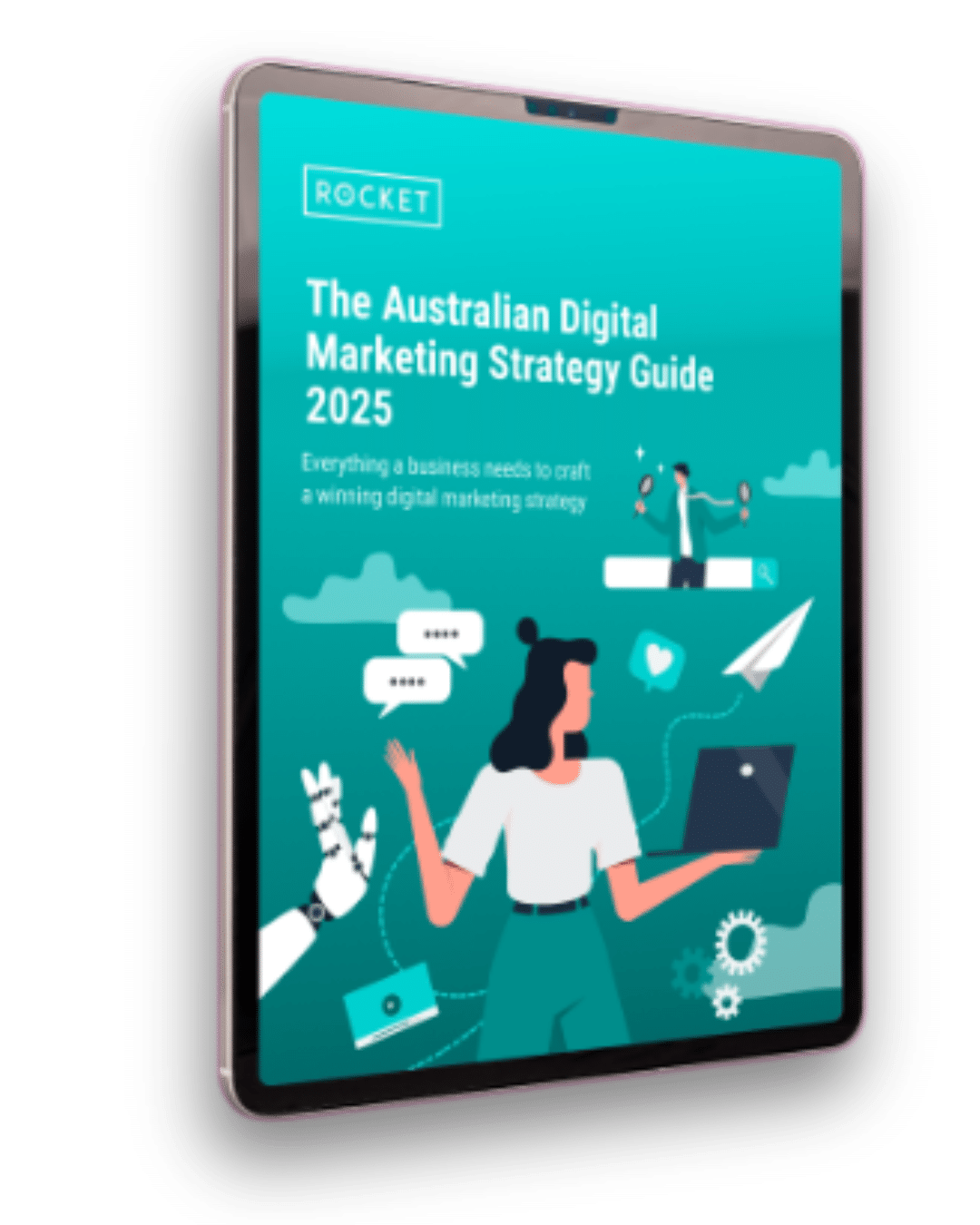
The Australian
Digital Marketing Strategy Guide 2025
Everything an in-house marketer needs to craft a winning digital marketing strategy.

